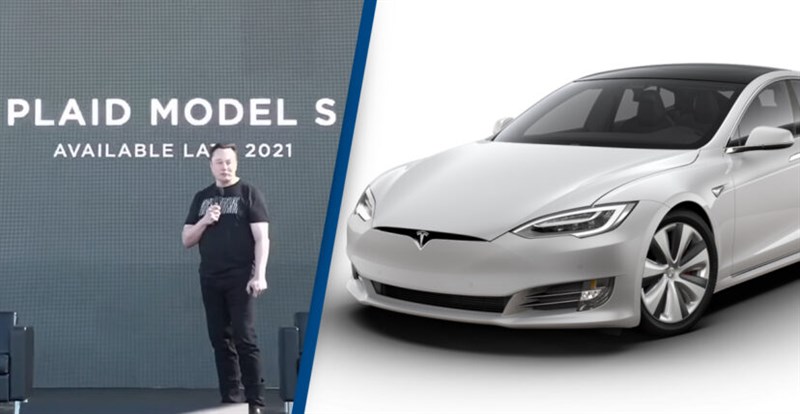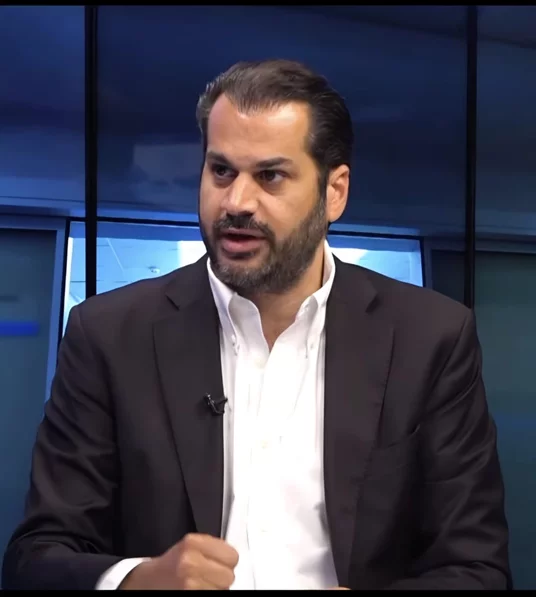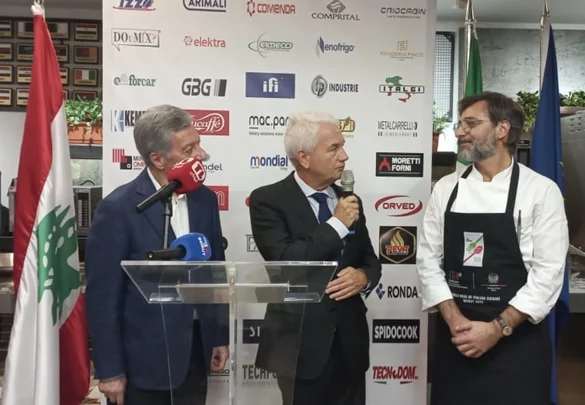Tesla has announced a new goal of bringing customers a a $25,000 electric car, with the aim of dramatically reducing the price of battery cells and packs.
CEO Elon Musk, who is well known for his ambitious projects, has promised the vehicle will be with us within the next three years, although sceptics have noticed that he made a similar promise back in 2018. He’s also announced a new, luxury ‘Plaid’ model that will reach 60mph in two seconds.
Musk has stated that the price of electric cars can be brought down to approximately the same price as combustion engine ones, thanks to Tesla’s ‘tabless’ battery cells, and by changing materials within the cell. This will reportedly mean that Tesla will be able to ‘halve’ the price per kilowatt-hour.
Musk made these comments while speaking at Tesla’s ‘Battery Day’, a socially-distanced event that saw the tech entrepreneur make various announcements regarding the future direction of the company.
Speaking at the event, Musk explained that the cost of Teslas limits their appeal, with the Model 3 – Tesla’s cheapest car – having a starting price of $38,000:
A lot of people want to buy a Tesla, but they simply don’t have enough money.
At this same event, Musk unveiled the Tesla Model S Plaid, a 520-mile range, 200-mph top speed vehicle which is now available to order. Deliveries will begin in late 2021.
Prices for the Plaid begin at $141,100 including a $1,200 destination charge, and options such as extra-cost paint colours, larger 21-inch wheels and various interior schemes, as well as Tesla’s $8,000 ‘Full Self-Driving’ option.
The price per kilowatt-hour (kWh) refers to the unit of energy commonly used to measure battery pack capacity in modern electric vehicles.
As reported by The Verge, prices have dropped by 87% over the course of the last decade, falling from $1,100/kWh in 2010 to just $156/kWh in 2019.
t’s expected that there will be more than 500 different electronic vehicles on the global market by 2022, with ‘consumer choice and competitive pricing’ set to be key factors when attracting new customers.
It’s expected that underlying material prices will go on to have a more significant role in the future, with ‘new chemistries, new manufacturing techniques and simplified pack designs’ keeping prices falling.











.webp)













